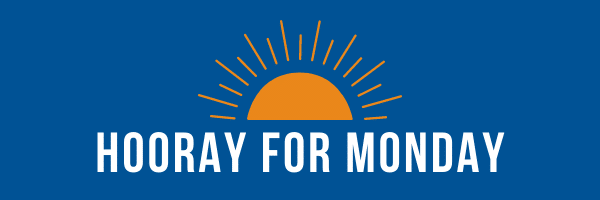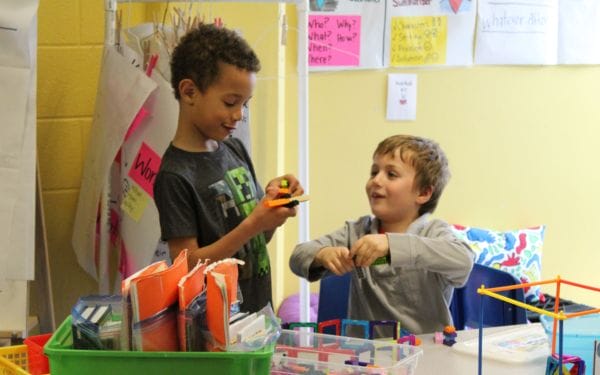By Aleta Margolis, Founder and President, Center for Inspired Teaching
Hooray for Monday is a weekly blog filled with questions, ideas, reflections, and actions we can all take to remodel the school experience for students.

When we try to solve a problem without identifying its root, the solutions we arrive at are unlikely to achieve long term success. So when it comes to navigating the challenges of working with and teaching others, it’s helpful to begin by observing and identifying needs. This works with others as well as ourselves.
Understanding Unmet Needs
Autonomy. Belonging. Competence. Developmental Appropriateness. Engagement. Fun.
It’s hard to be fully present as a learner when any of these needs is not being met. And it’s harder to meet these needs in our current environment when we’re working with a different or limited toolkit based on our teaching circumstances. But if, for example, you note that students are feeling alienated from each other due to distance learning, focusing on the need for belonging may offer new ideas for collaborative learning experiences that bring students together in more meaningful ways.
Building on the work of educational psychologist William Glasser, Inspired Teaching created the ABCDE’s of Student Needs, a simple, downloadable tool to support teachers in identifying these student needs.

The Power of Reflection
A tool like the ABCDE framework works well when paired with reflection. As we sharpen our ability to identify student needs, we can understand academic and behavioral challenges through an asset-based lens. We can respond to students who are struggling or acting out by looking to identify and address the unmet need they are expressing.
We can even do this for our colleagues, and for ourselves.
This works better when we intentionally take time to pause. Whether you choose to be guided by a meditation app or online yoga class, or gather with a few teaching colleagues to discuss your practice, or go for a walk on your own and consider what you’ve learned so far this school year, remember the power of reflection. It’s a tool for healing, for acknowledging all you have accomplished so far this year as well as all you still wish to accomplish. And if you choose to tell your students about your own process for engaging in reflection, you will be modeling a practice that can influence them positively.
Question of the Week:
Sharing these prompts with students can strengthen academic and social learning. When teachers respond as well, students see us modeling an articulation of our own needs.
- What is one thing our classroom community can do to support you right now?
- What is one thing you can do to support our classroom community right now?
Students can respond to this in a simple Google sheet, adding their names or keeping responses anonymous. For upper elementary or older, a student or two can have the job of organizing responses and sharing them, first with the teacher, then with the class as a whole. Then the student-organizers (or even a self-selected small group) can make recommendations for action steps based on the responses.
